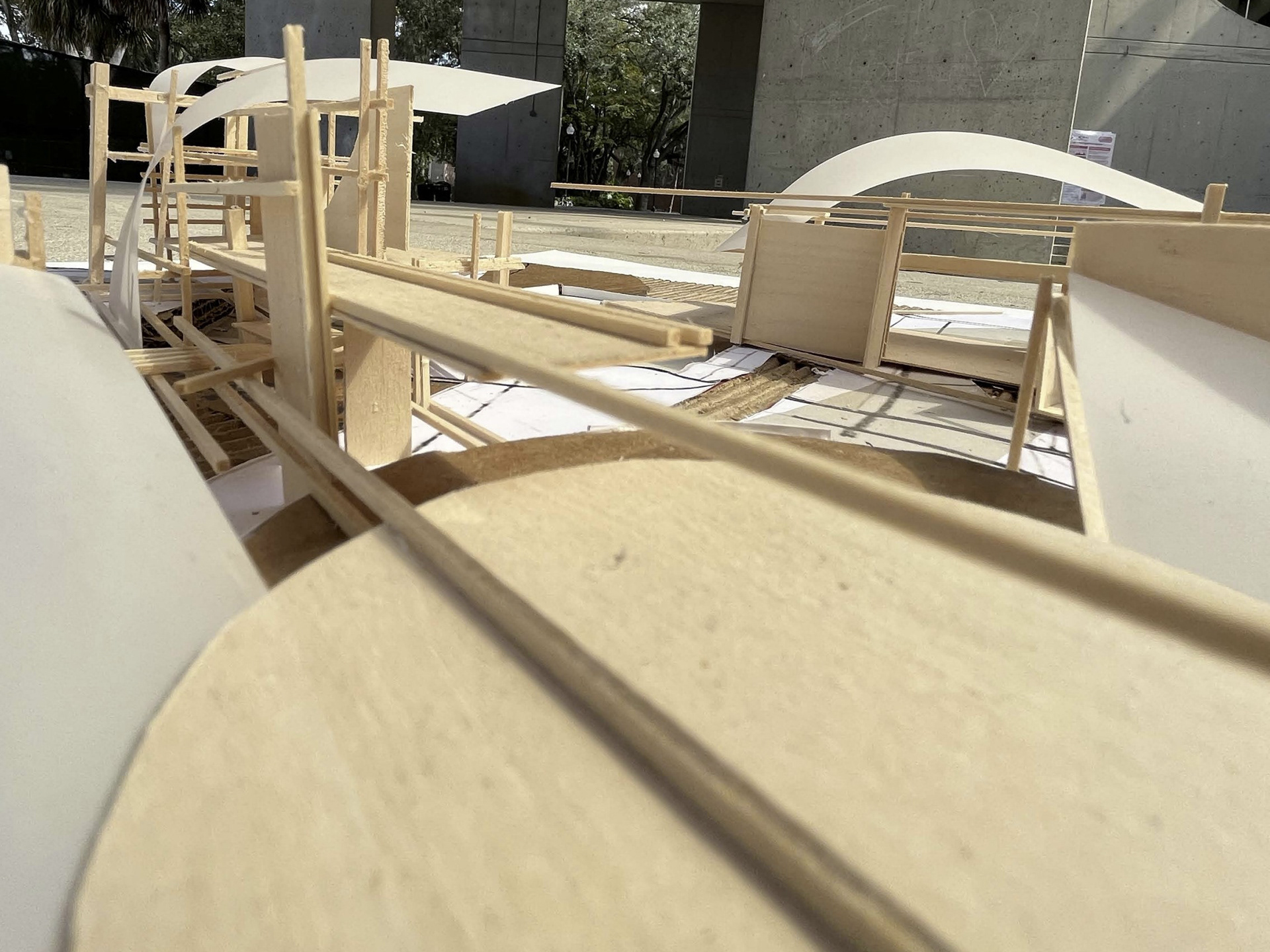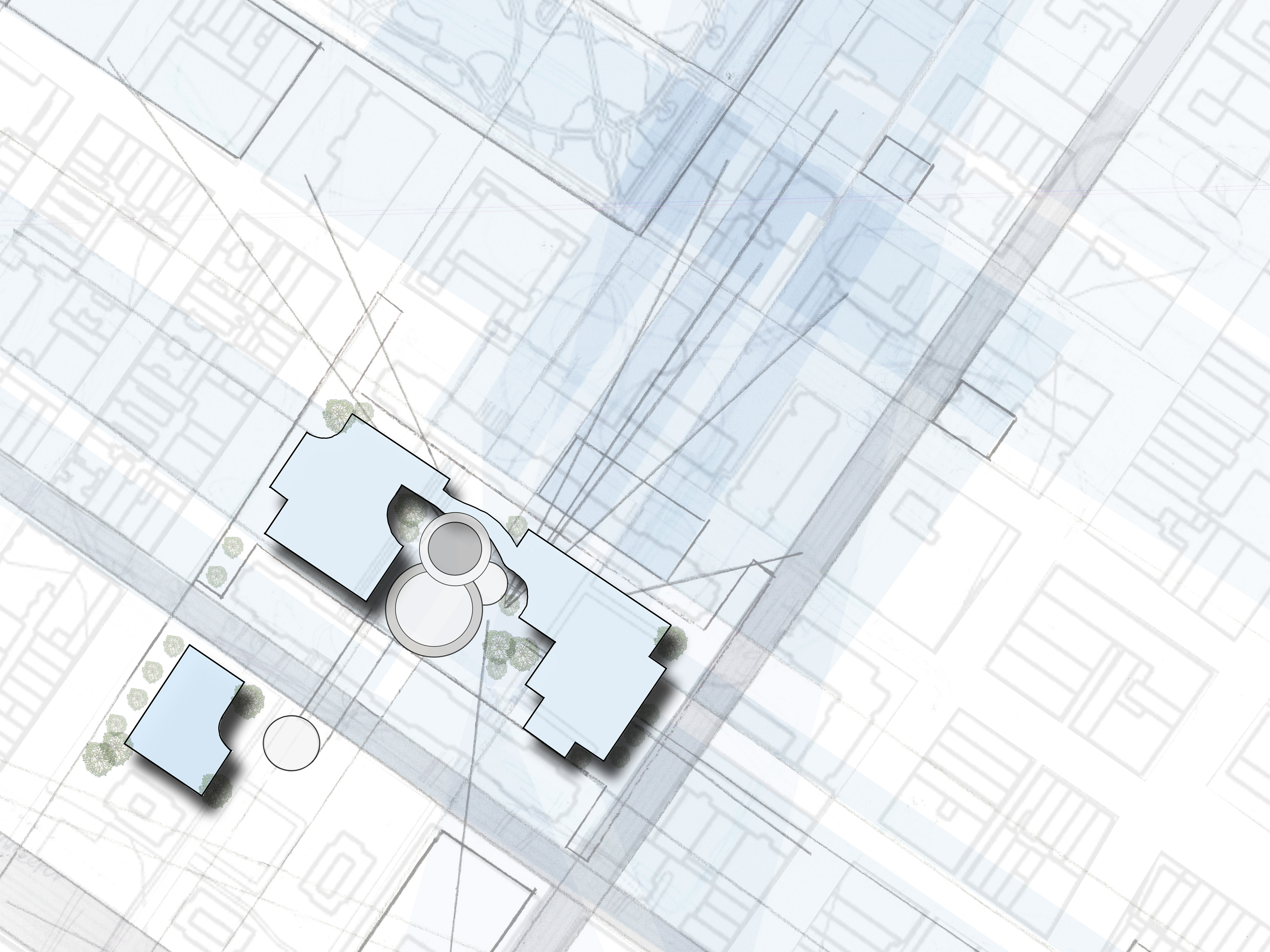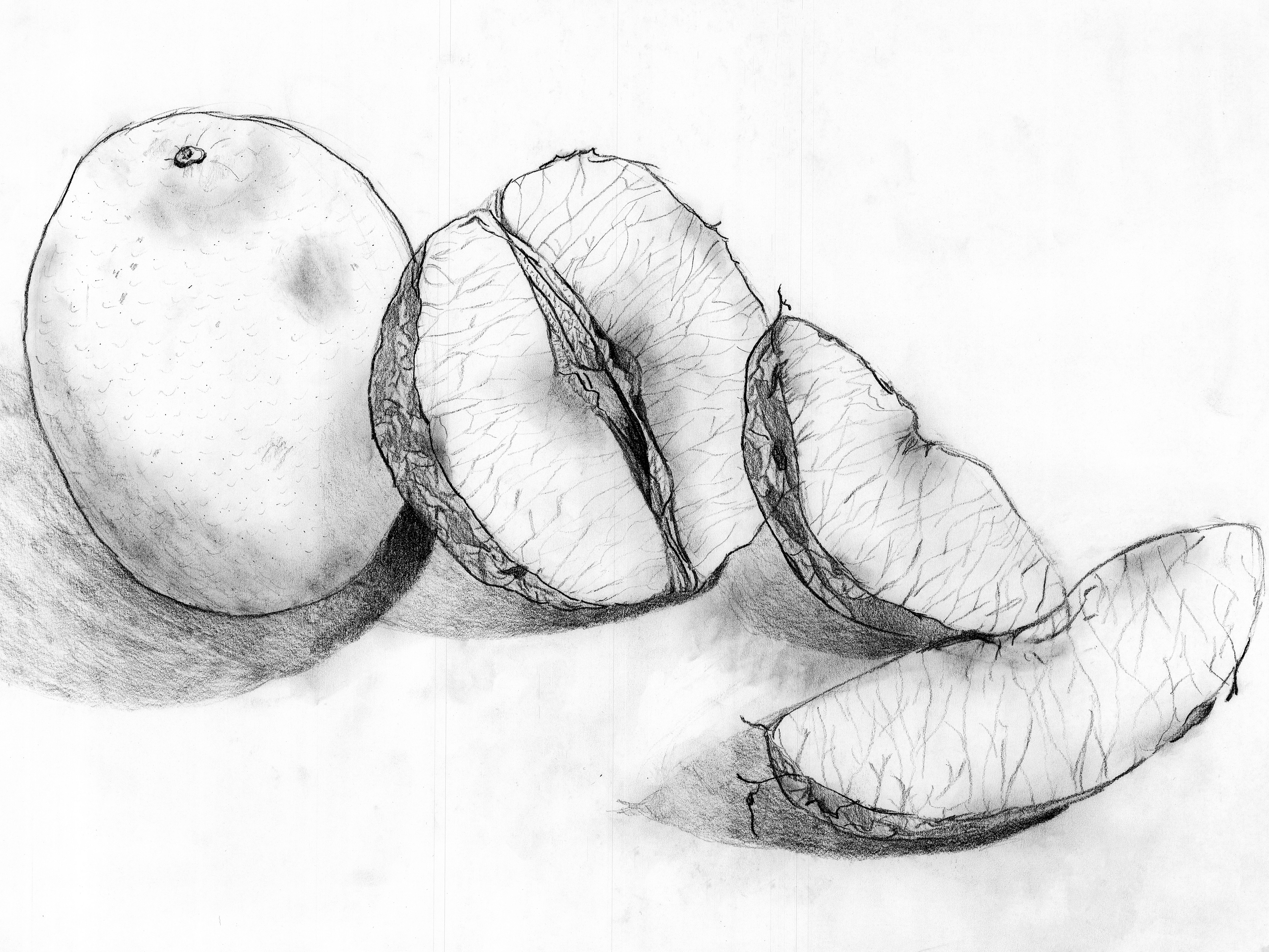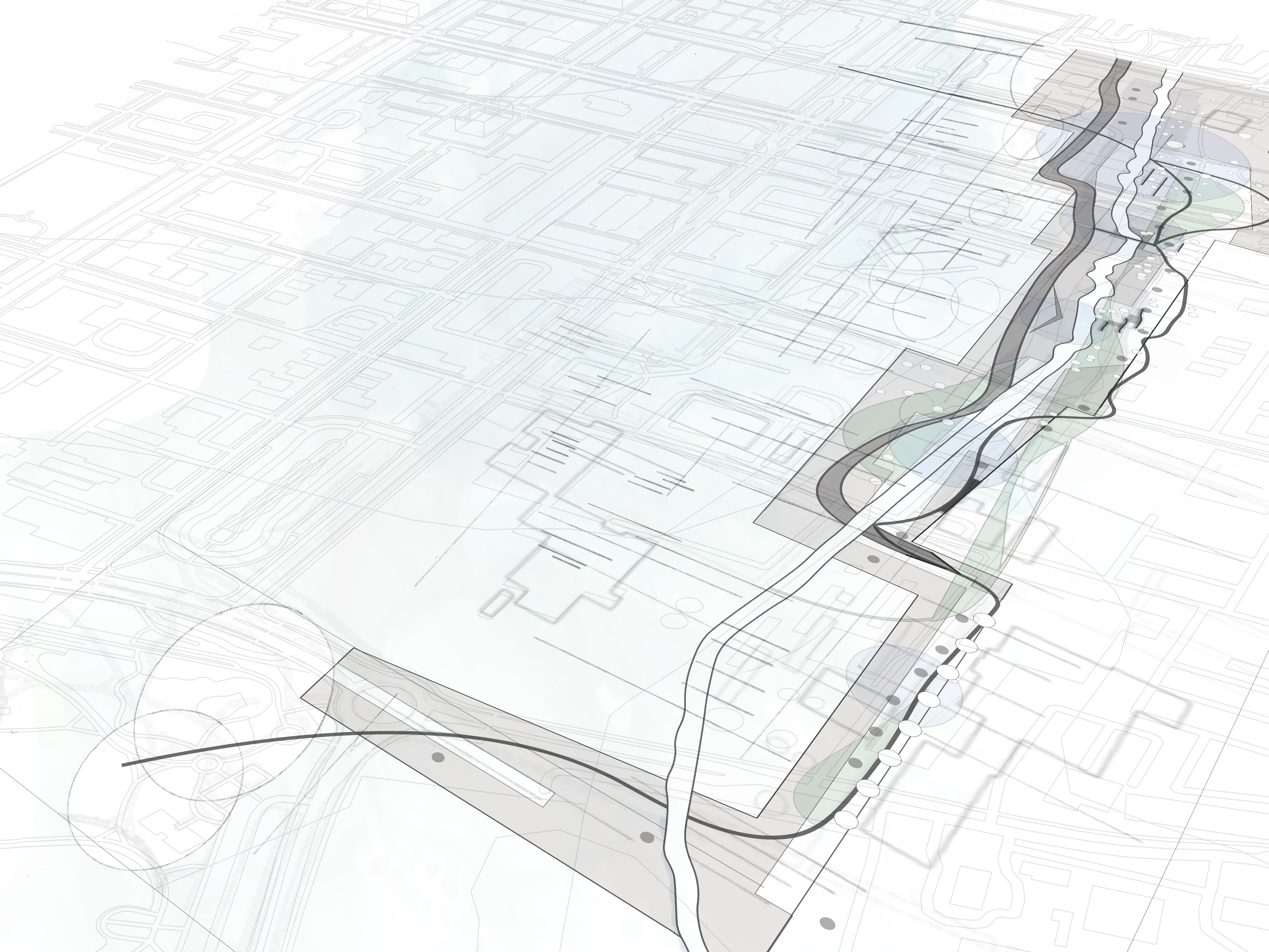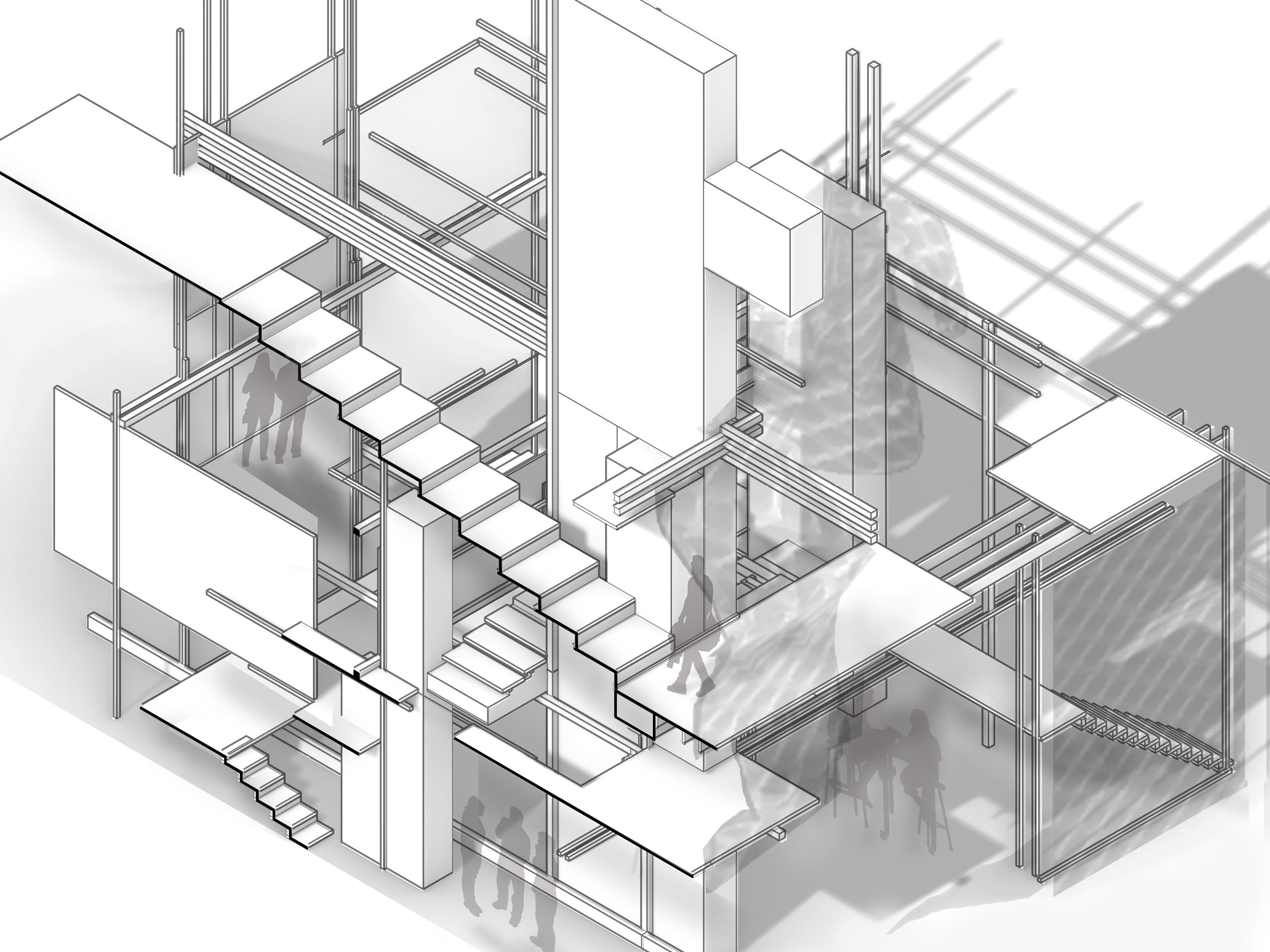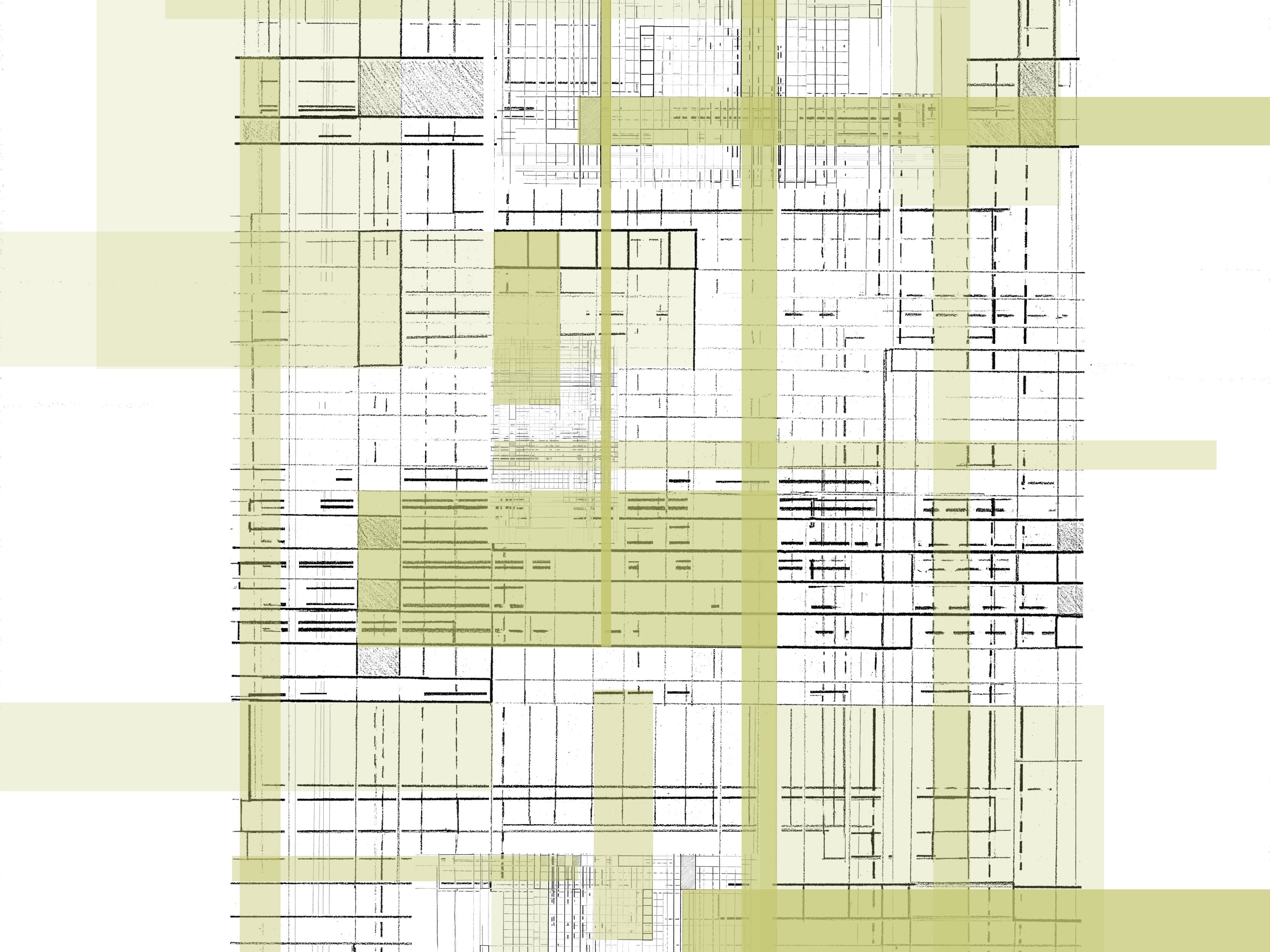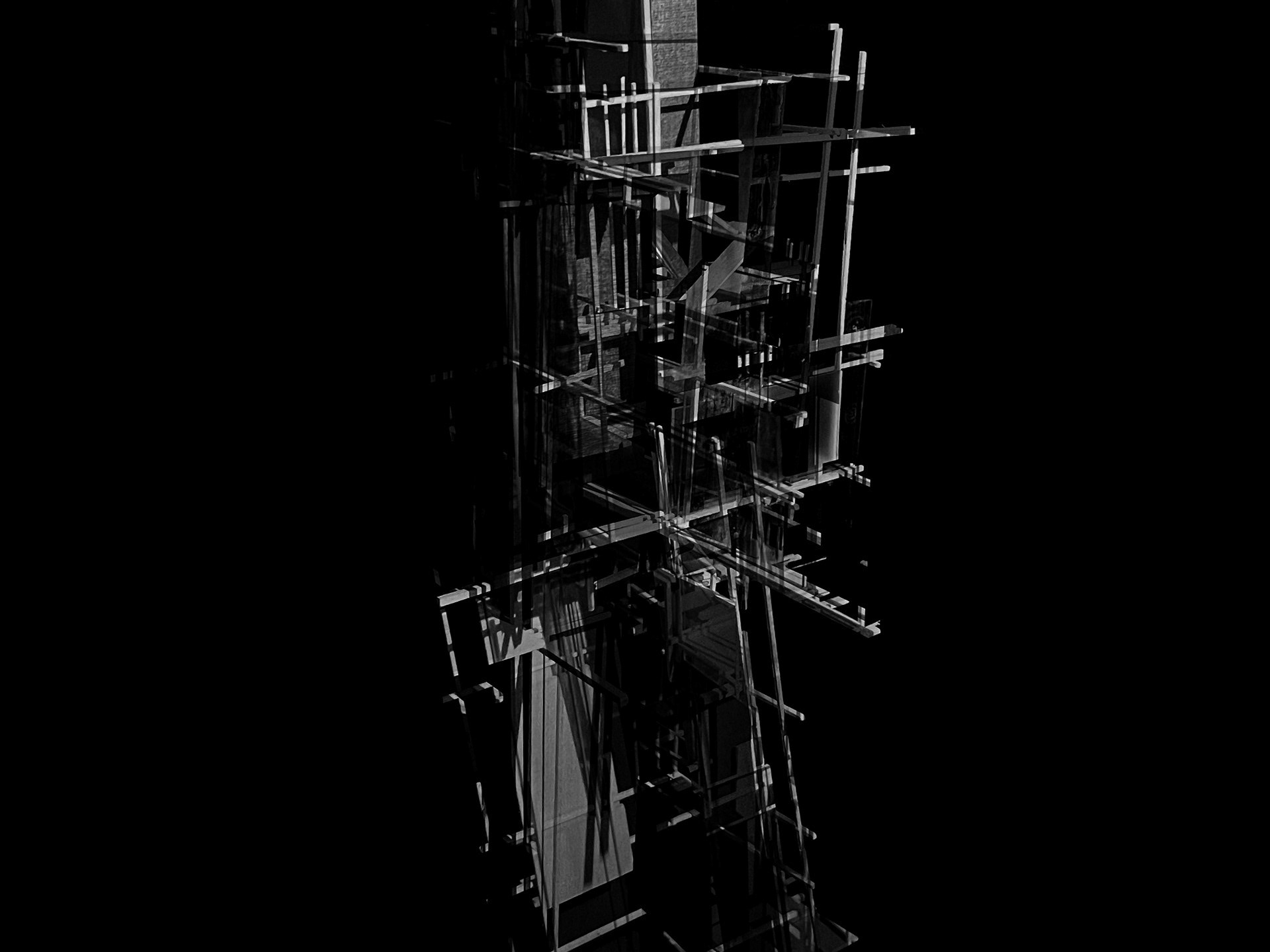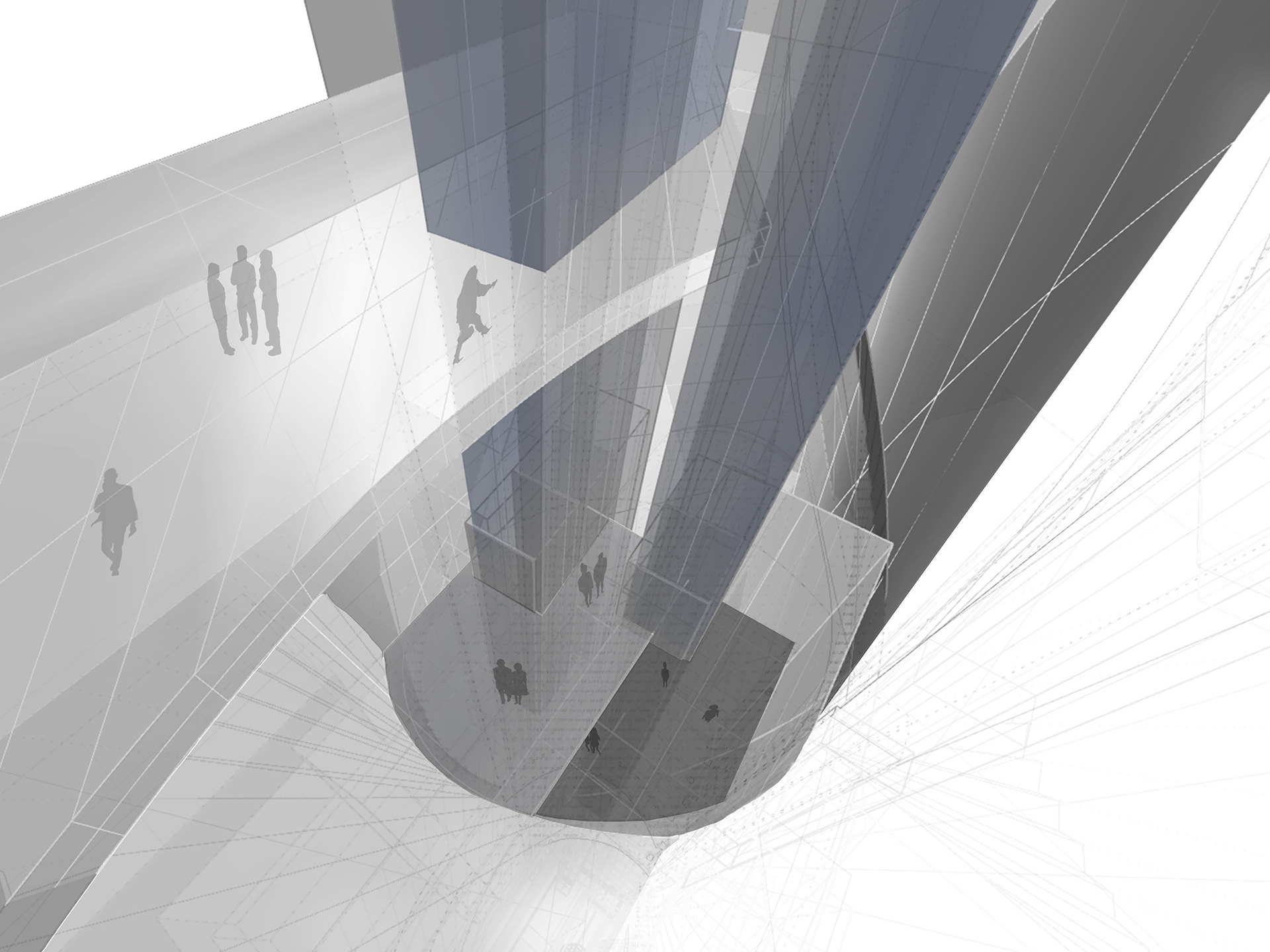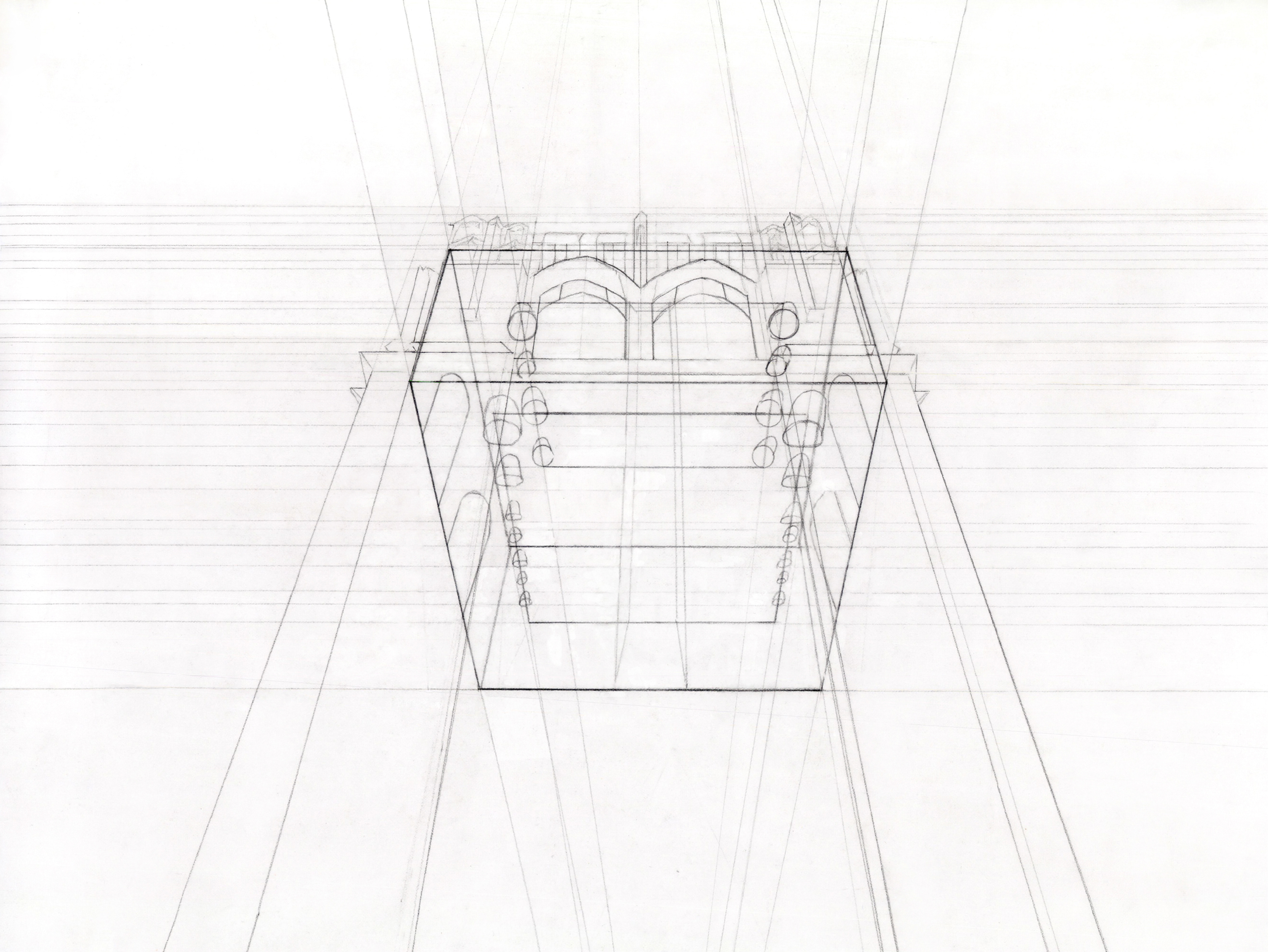Based on Haruki Murakami’s novel Killing Commendatore, this project dissected the spatial and emotional elements of the plot via itinerary, scale, the speed of time, and voids.
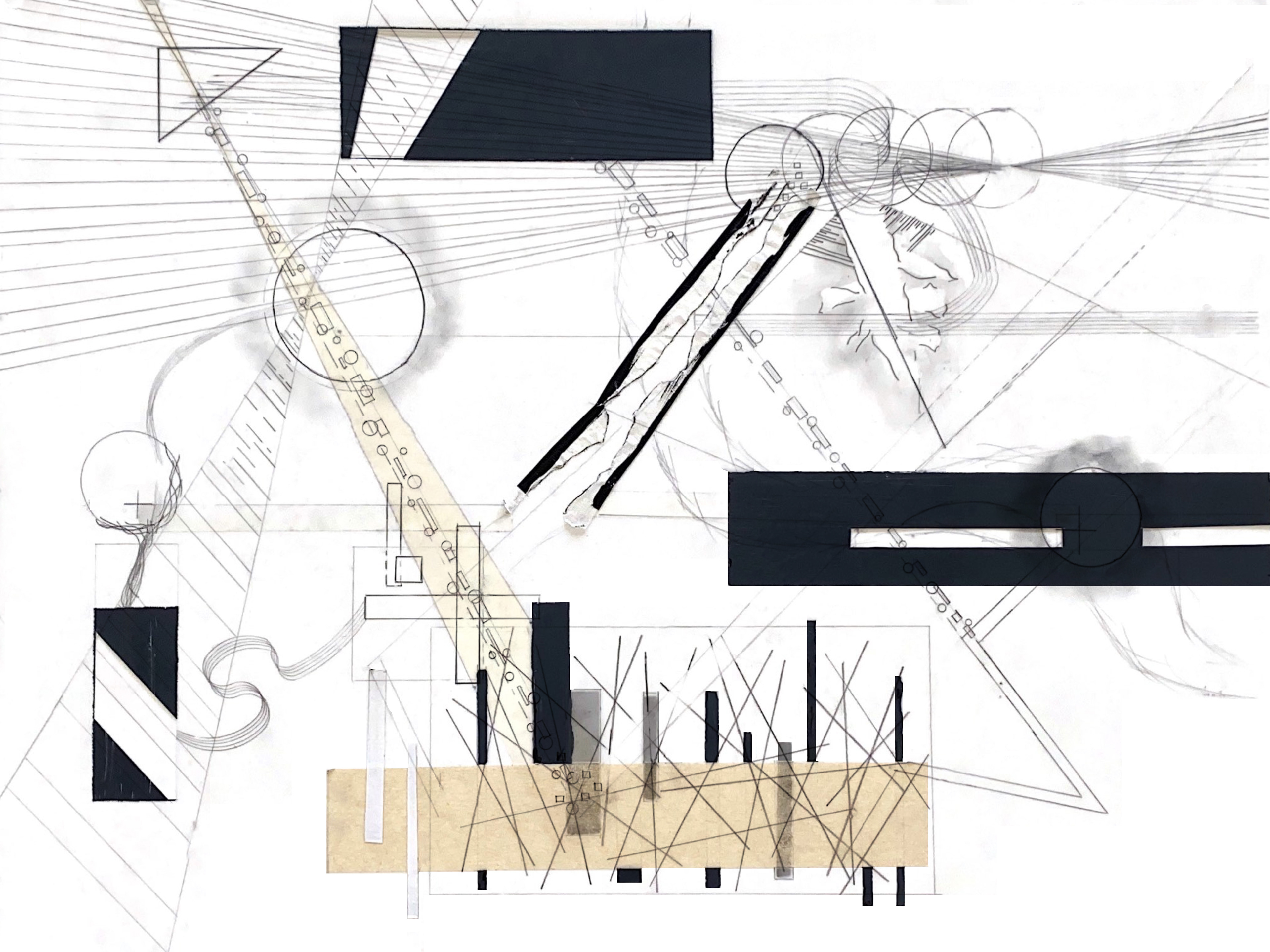
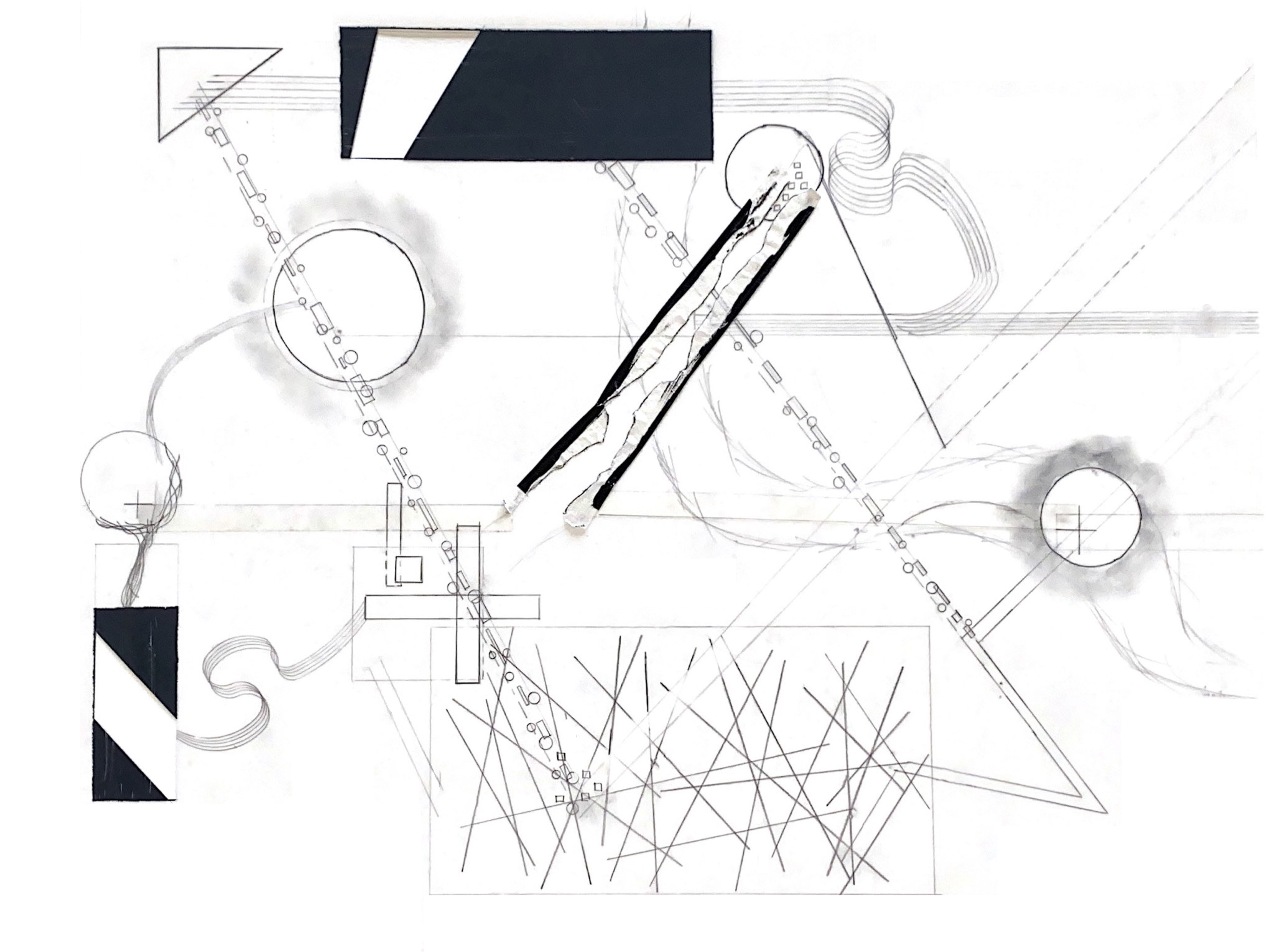

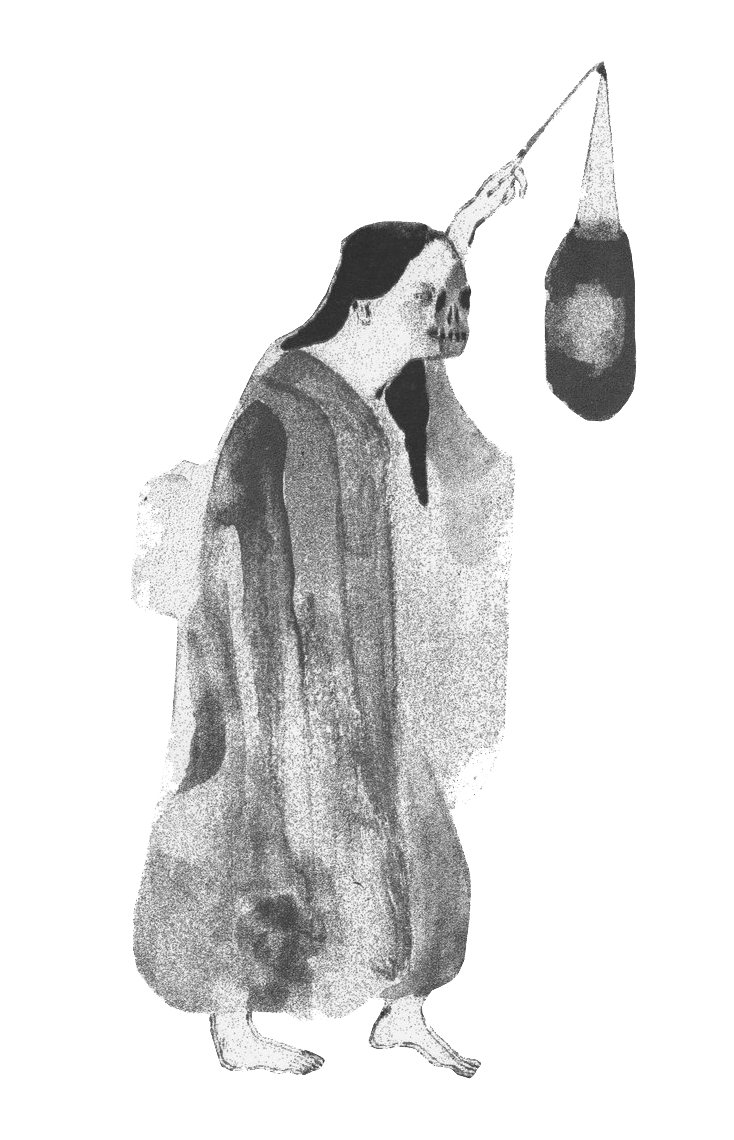

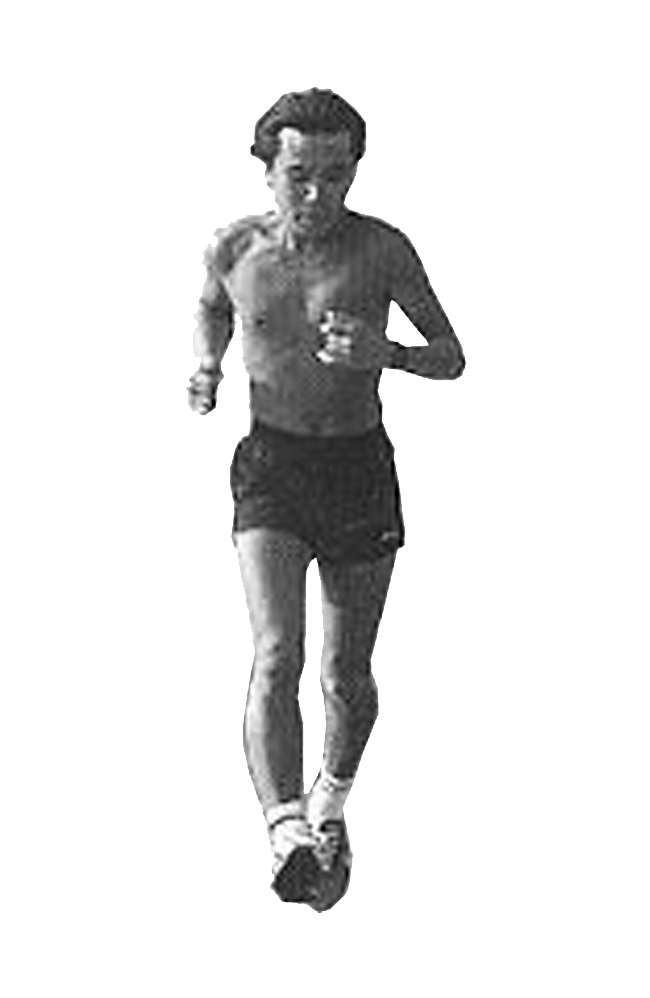
Visual mapping of how the protagonist moves through and feels space and time.
Each of the novel’s main characters — the protagonist, the Faceless Man, and Donna Anna — are represented by an intervention; the interventions were constructed within a 4”x2”x2” volumetric space. A void accompanies each intervention, which is composed of poplar wood fragments. Both the interventions and void structures were constructed with key words representative of the spaces and experiences they hold, such as fold, support, compress, split, store, join, etc.


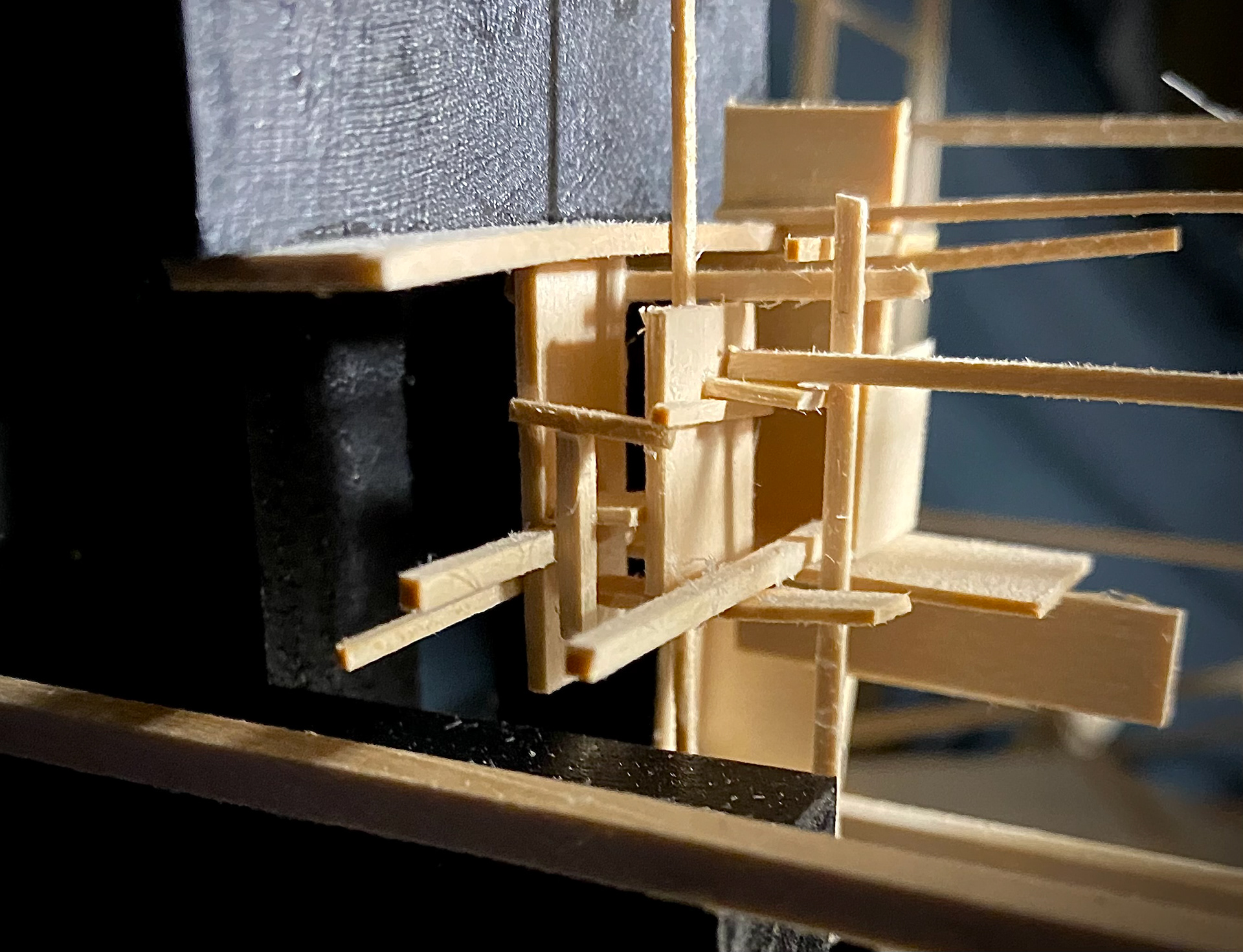


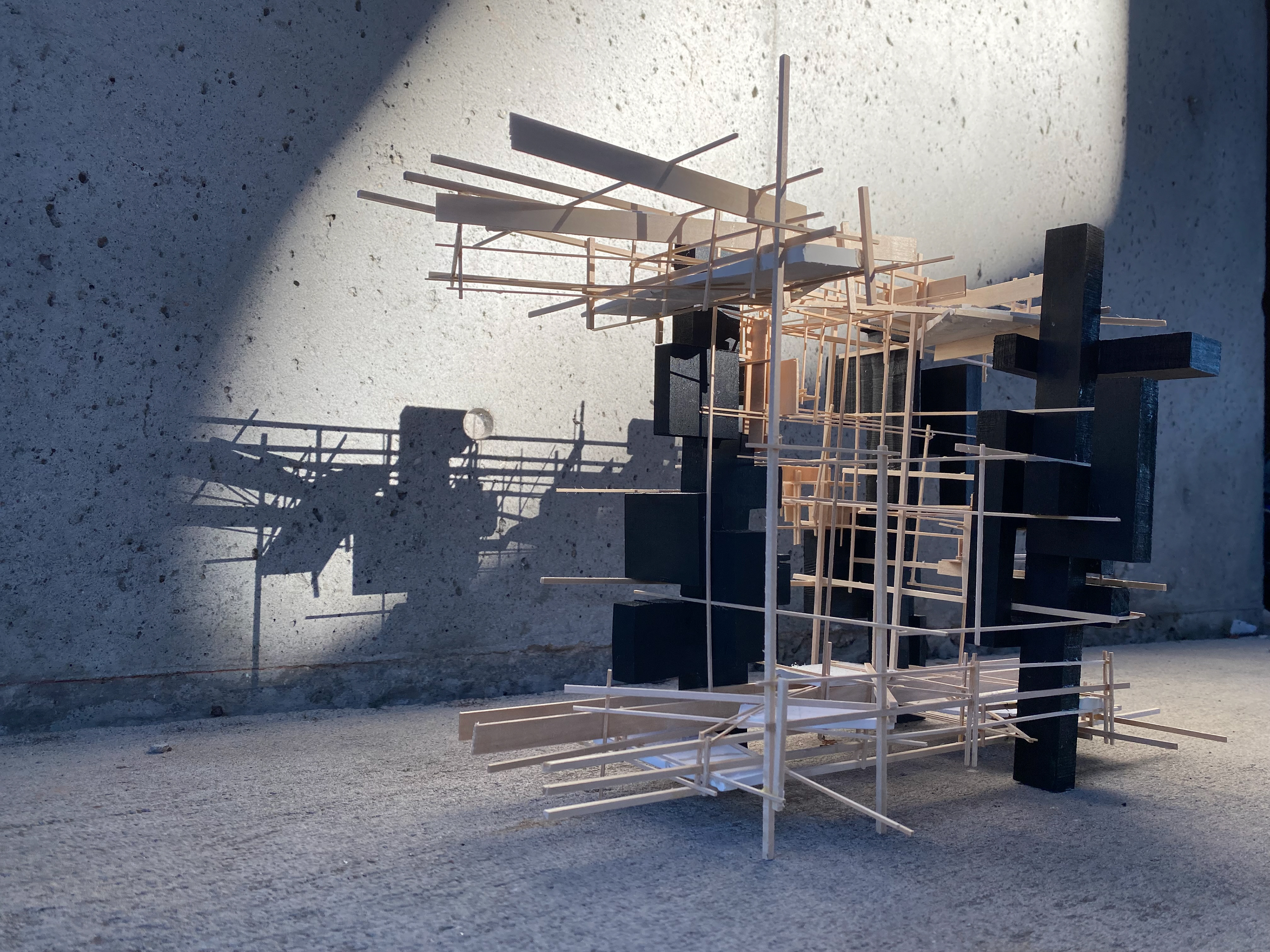

I created the interaction between the interventions to be the densest part of the model in order to portray each “character” communicating with one another. The protagonist is placed in between the Faceless Man and Donna Anna because he is receiving vital information from them both to build awareness and self-confidence throughout the plot. An aerial view of the model showcases how the time and space layers align and interact to help convey the itinerary. The bottom of the image contains more angular elements and a white space void, which references the point where the protagonist is most confused. He gains confidence and guidance upon meeting the other characters towards the top of the image, further back in the model. The structure was designed to be more dense and orthogonal in order to reflect this idea. The usage of thick linears spanning the entire length of the model direct the itinerary. The dense placement of nodes was done to convey the information the protagonist receives while also creating contrasting spaces in terms of hierarchy. There is also a void at the back right corner of the model, which is made from a lack of materials spanning the model.



GIF animation speculating the itinerary of the model through space activation with tone layers. Fragments of the time and space mapping were also used to add texture to the animation. The section drawings are poched in black to represent voids. Time is experimented via different pacing of each scale figure and digital components, such as fade in and outs. For example, the transitions of the Faceless Man are much quicker than Donna Anna’s to contrast the amount of information they provide the protagonist. Additionally, I decided to have the surrounding elements fade out at the end to express the character’s loneliness in the void-like setting he was in throughout the entire passage.
